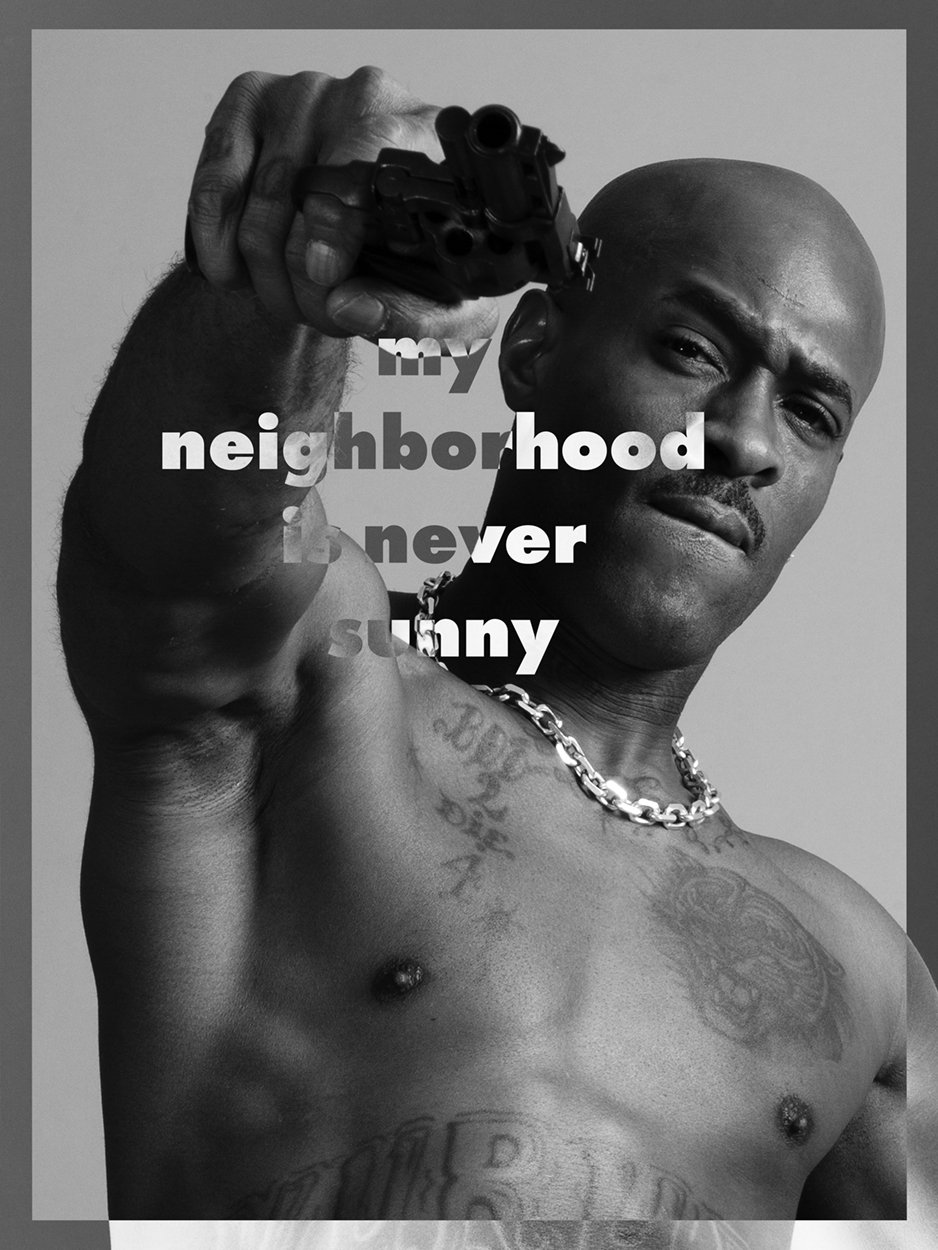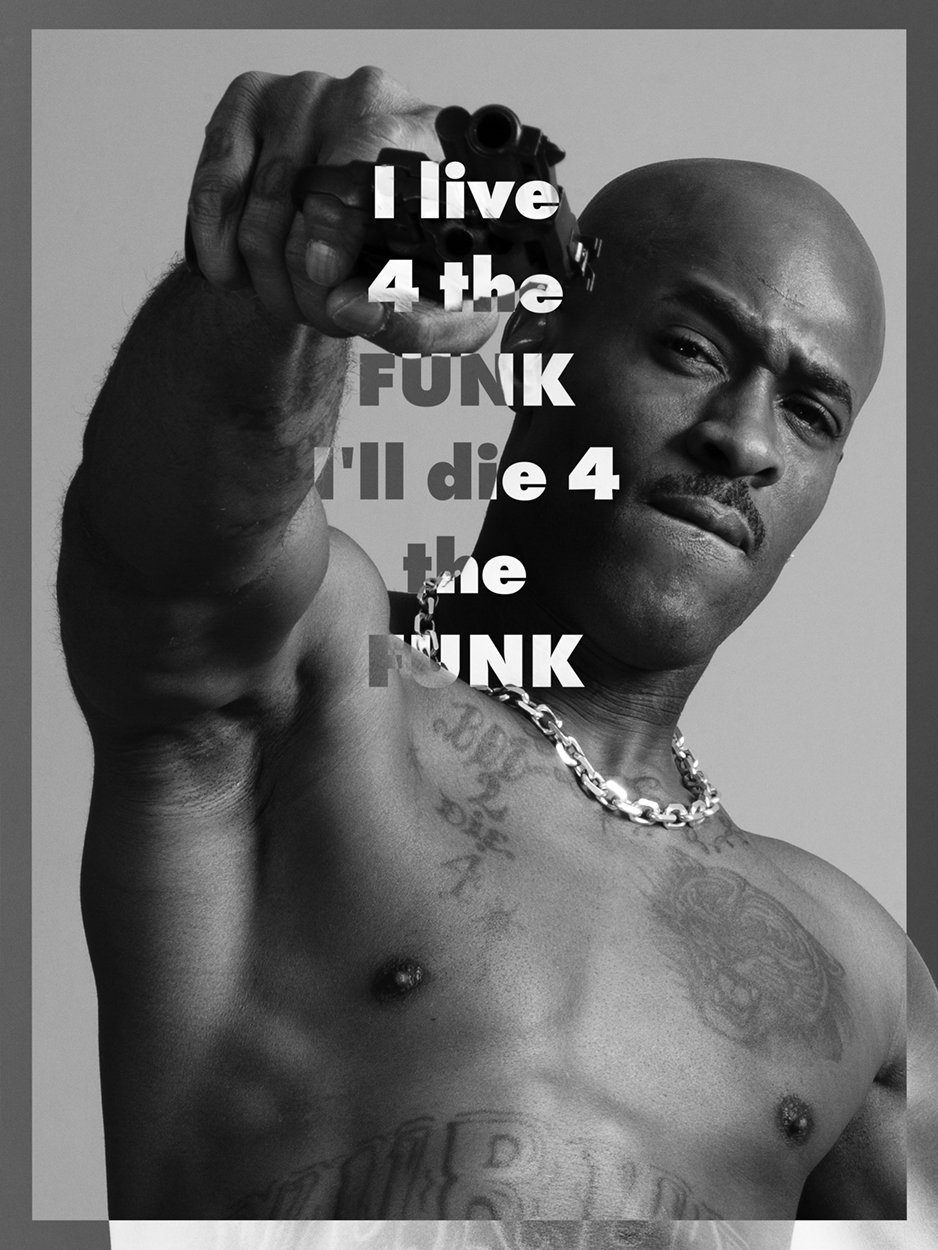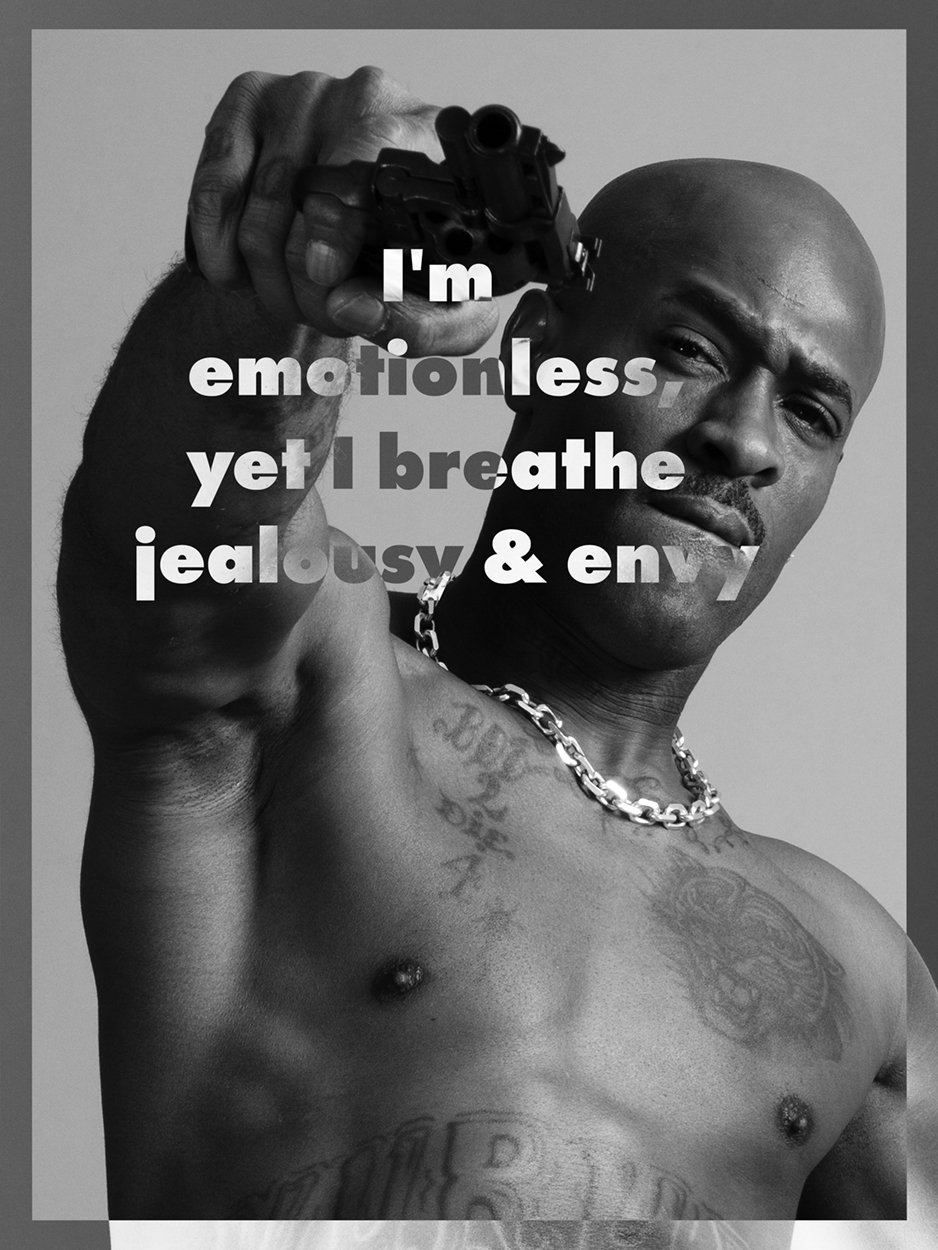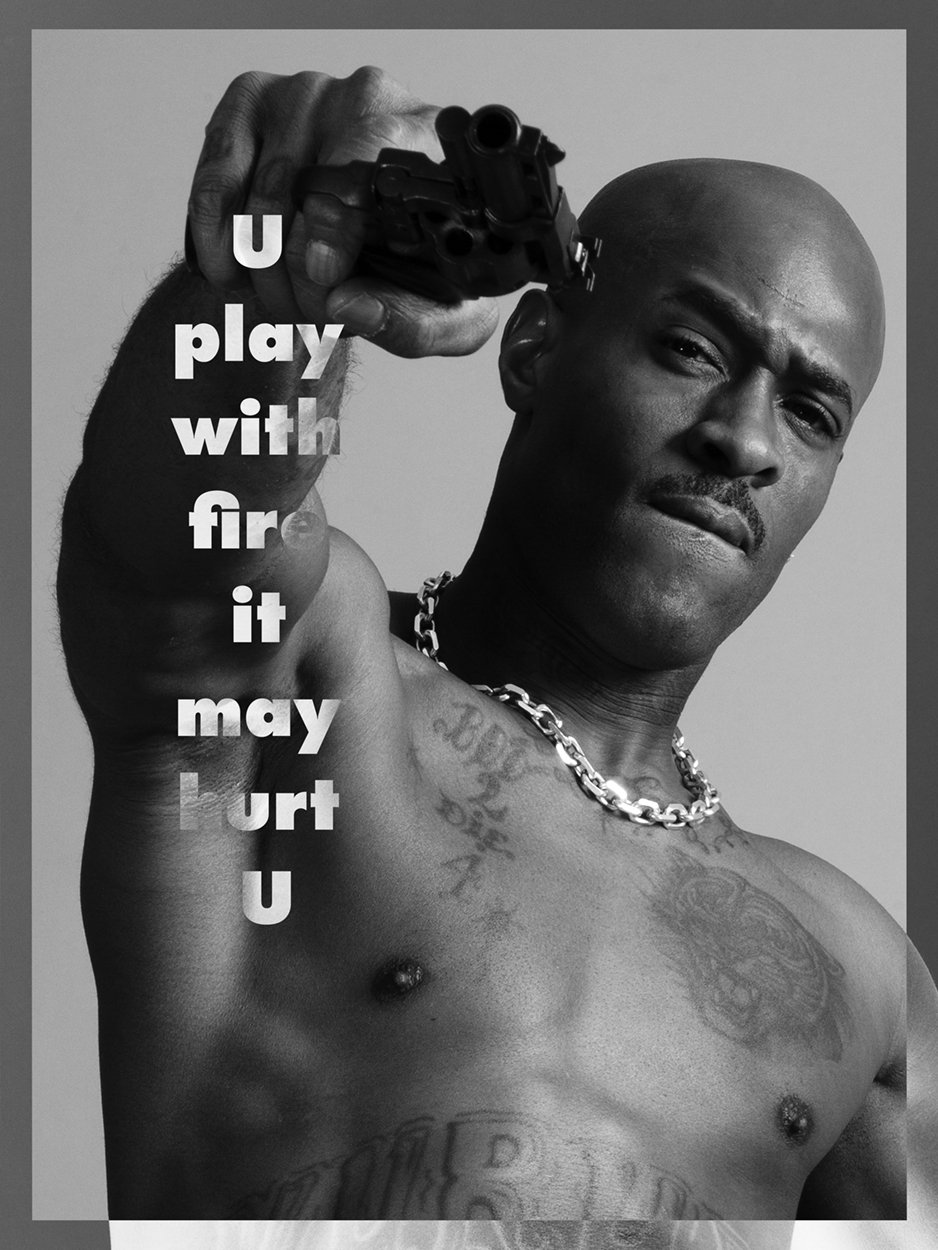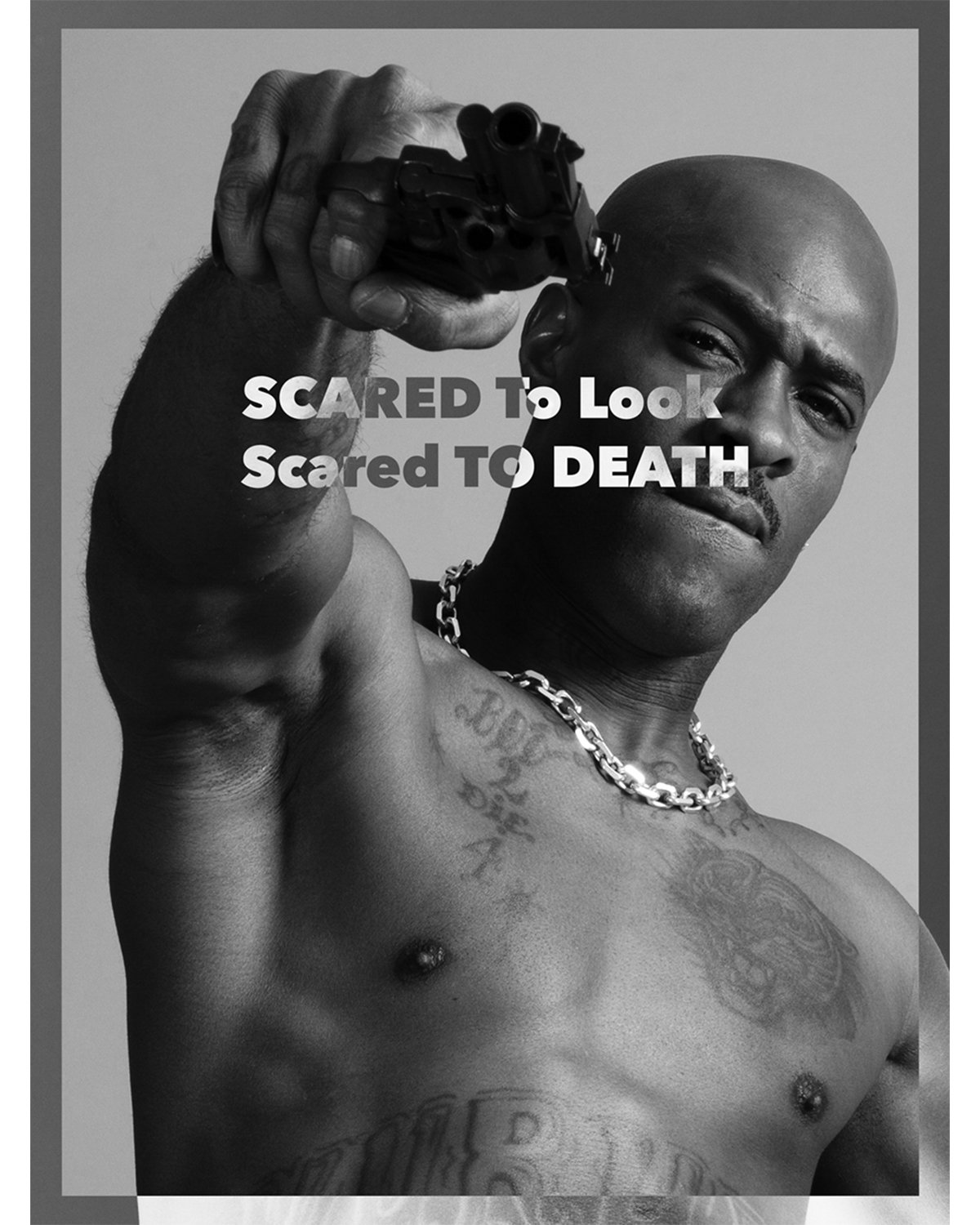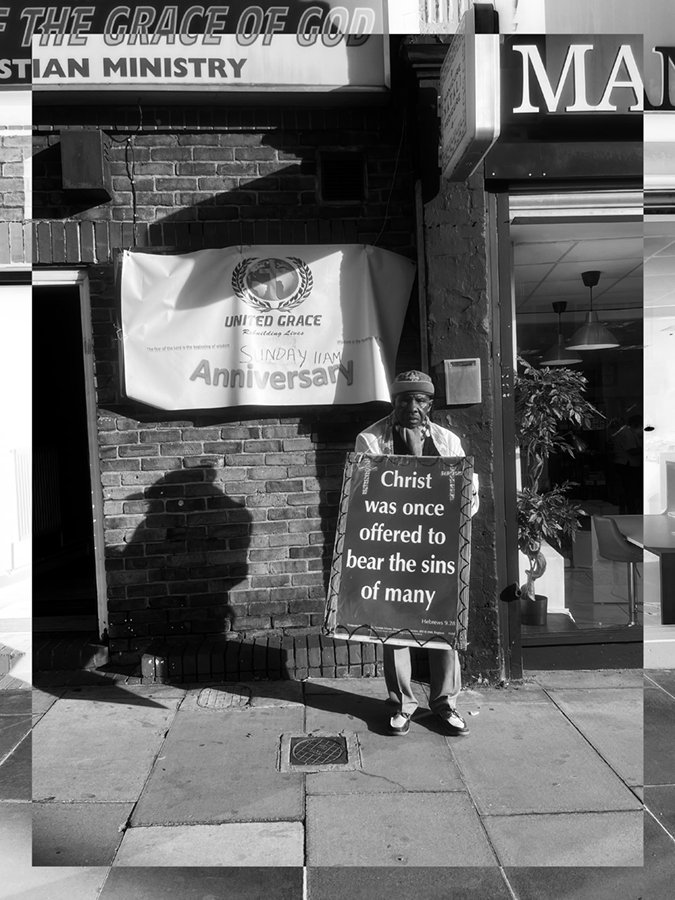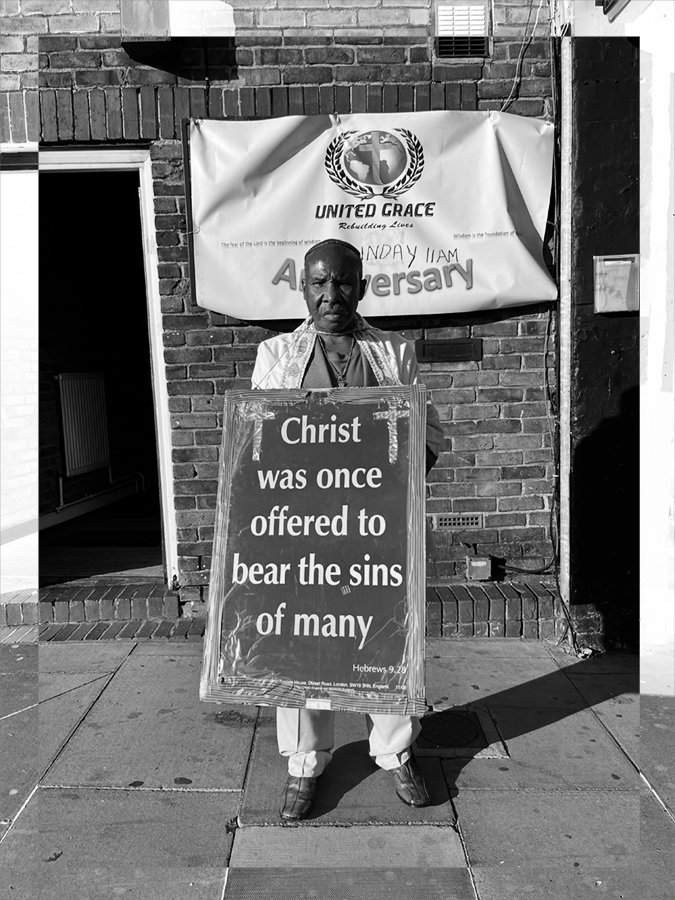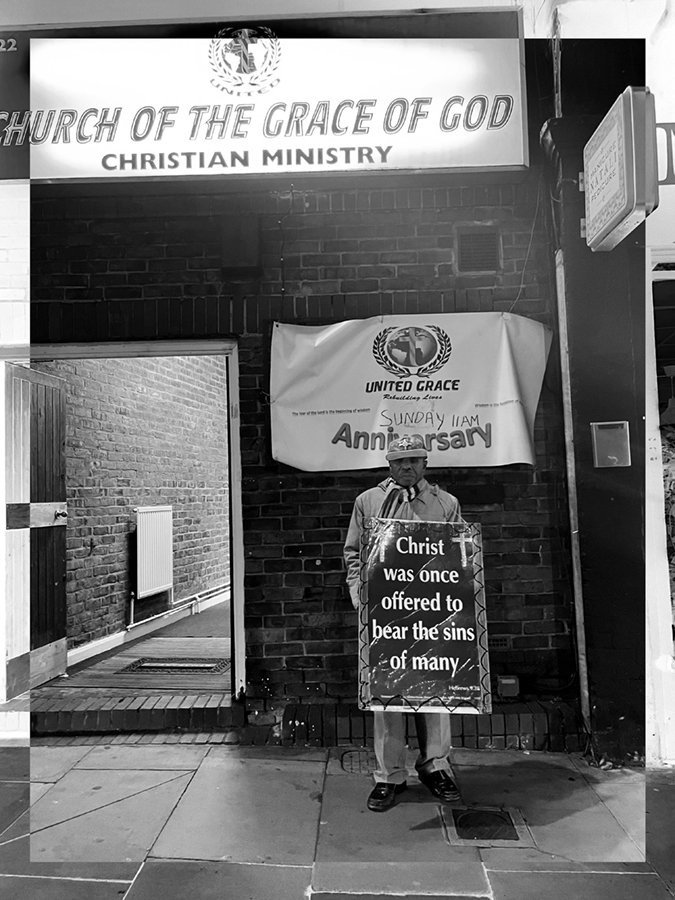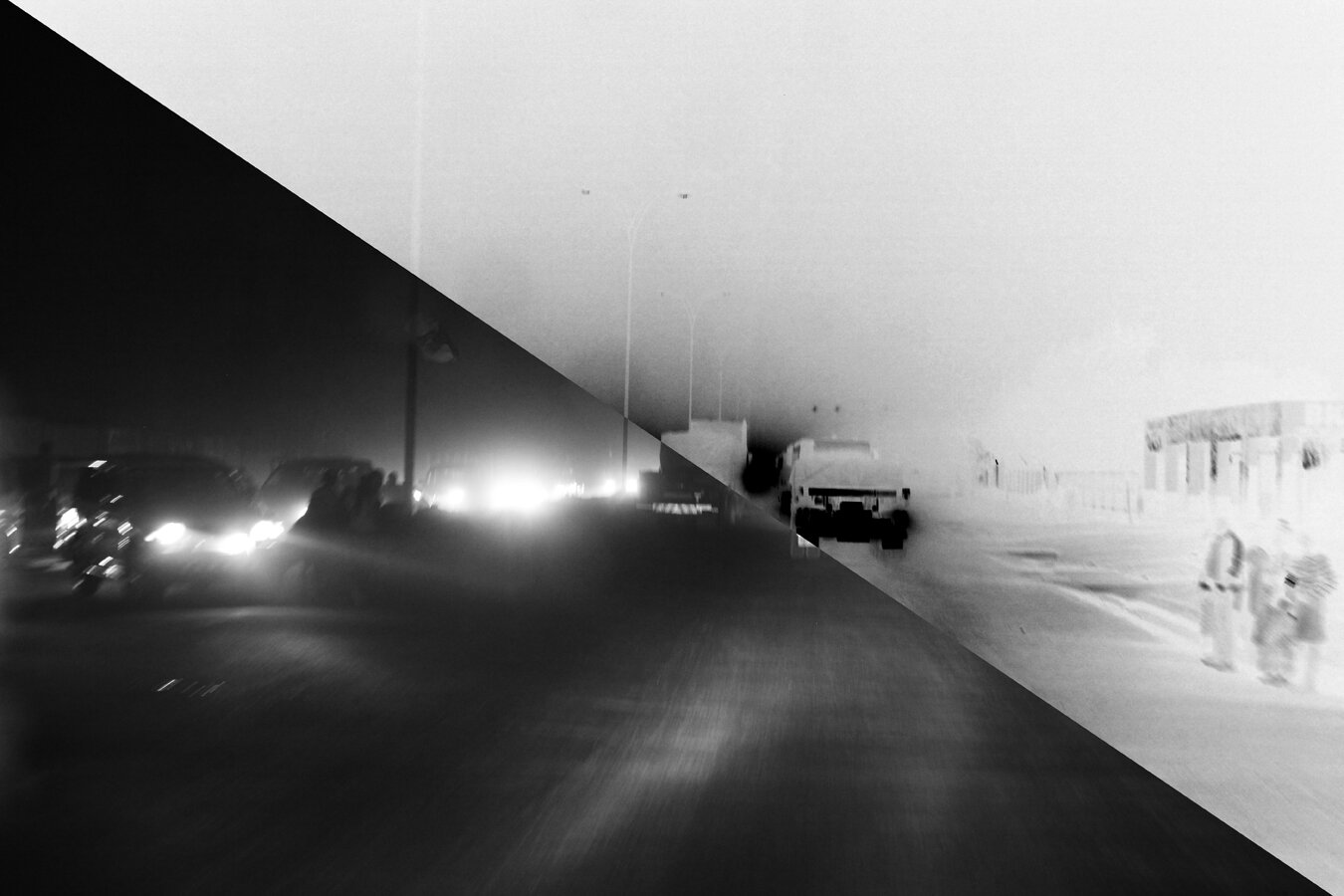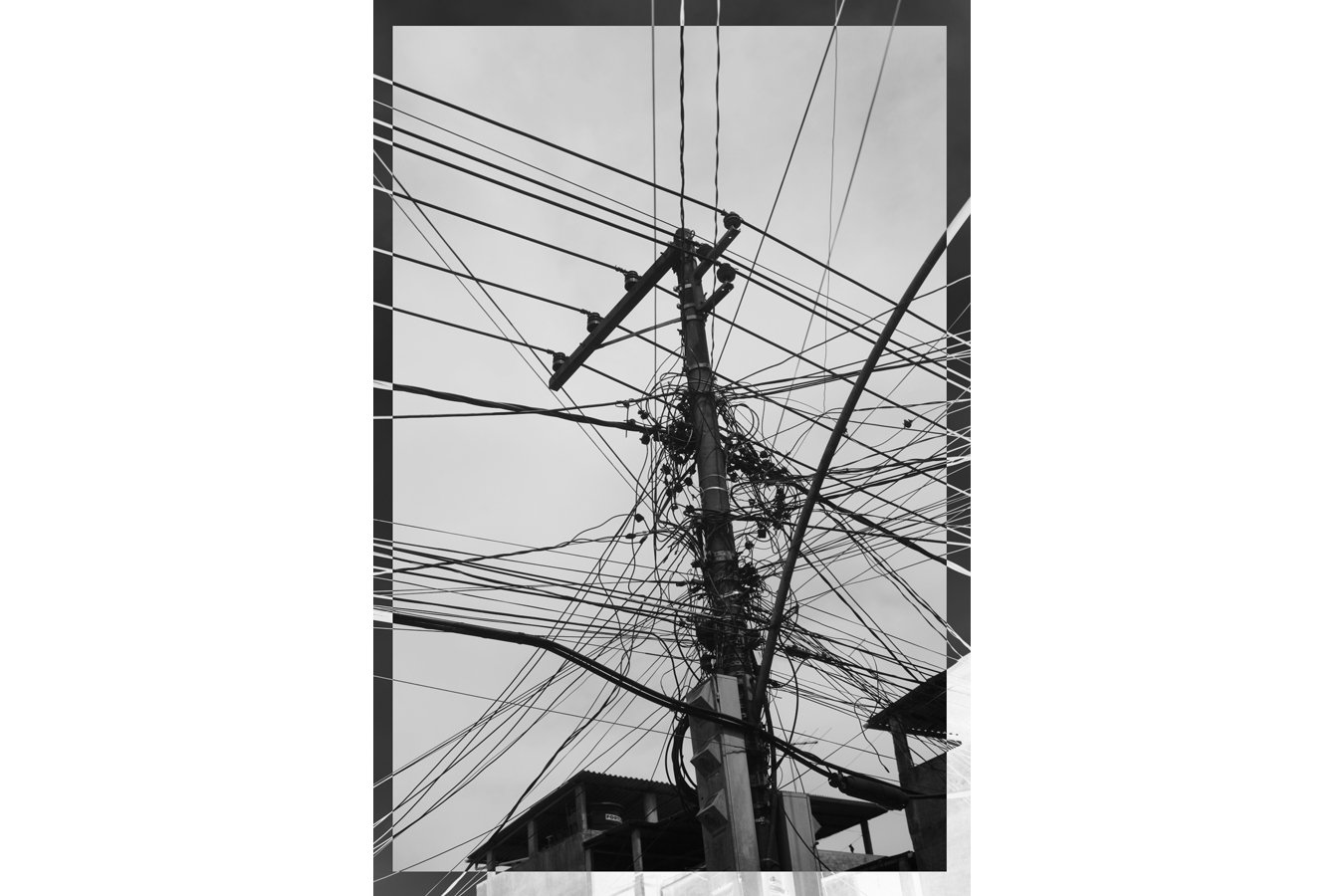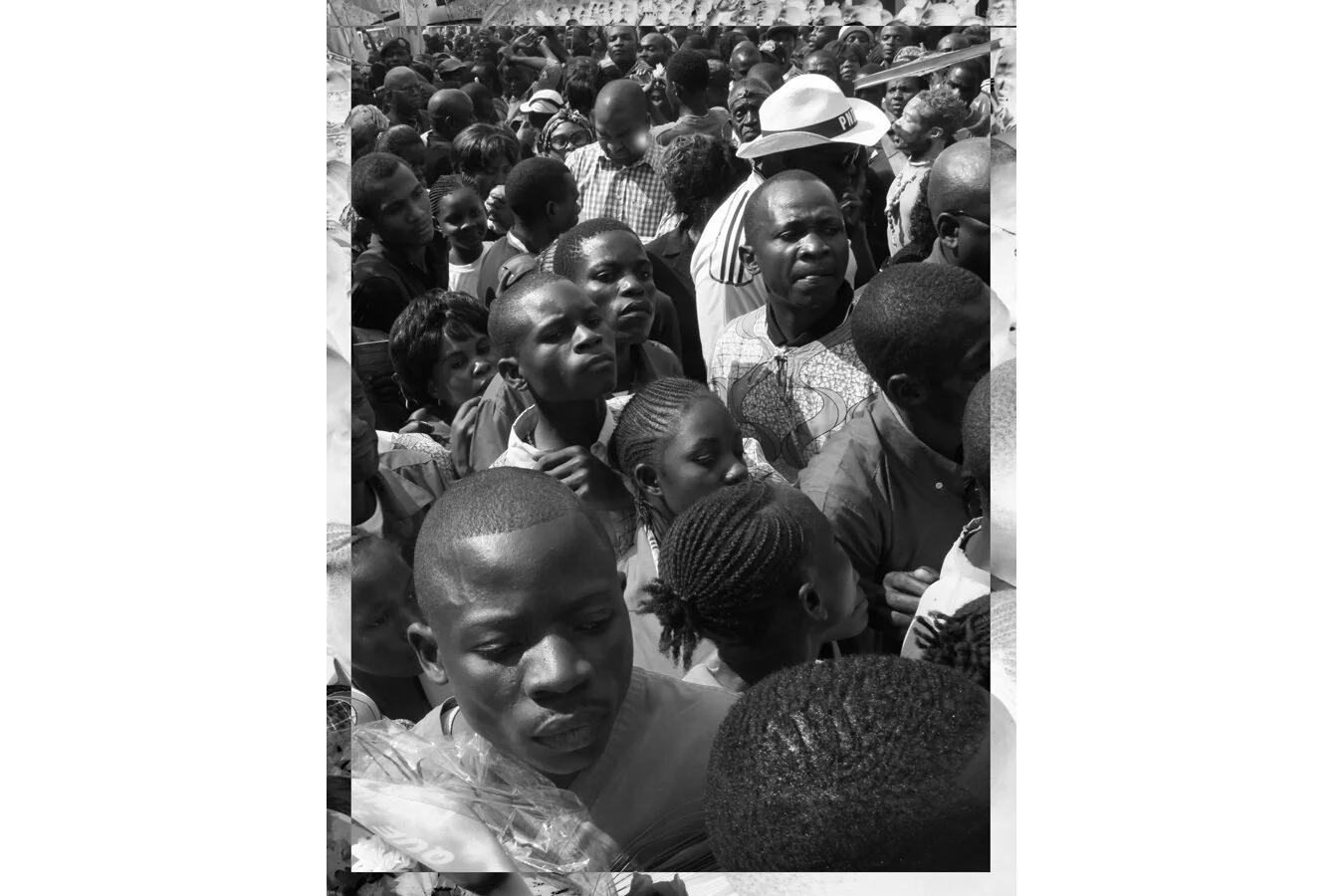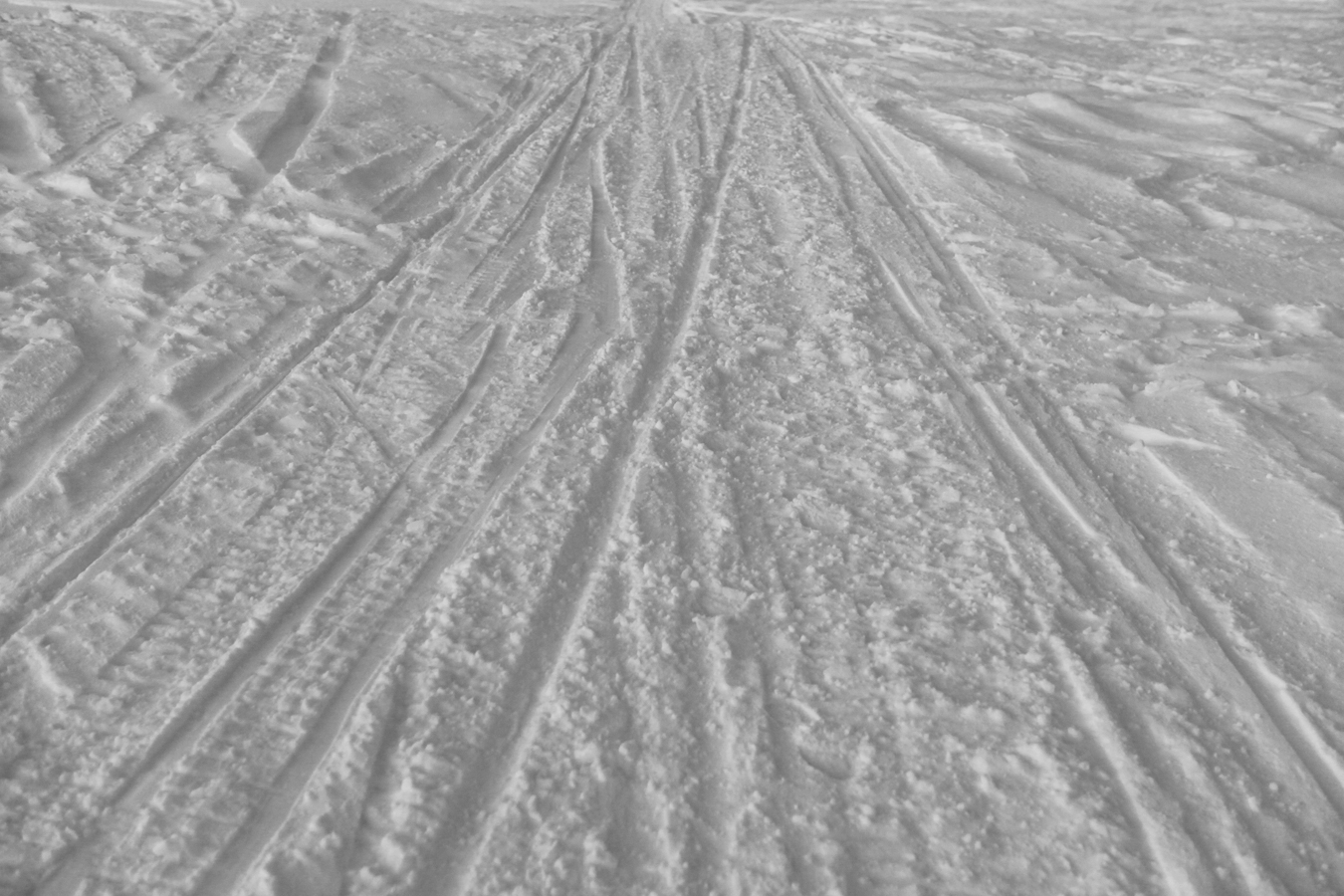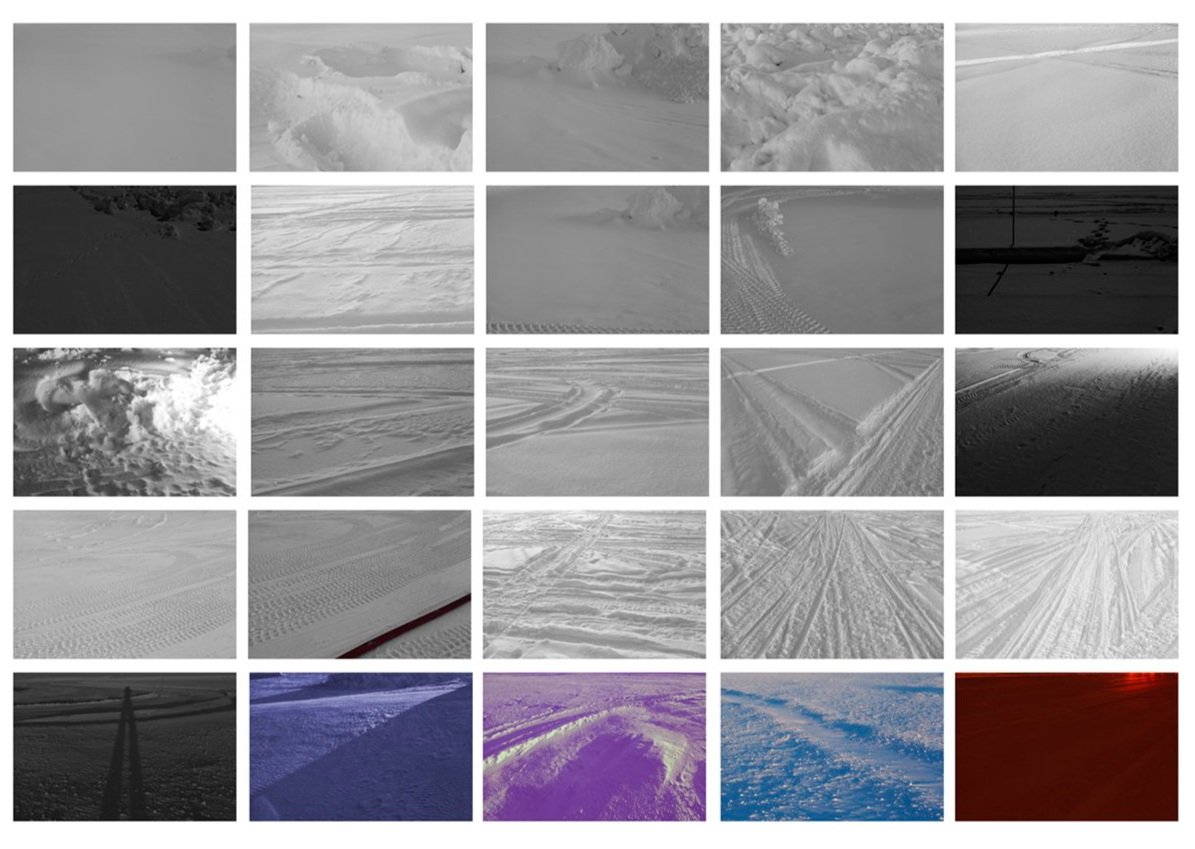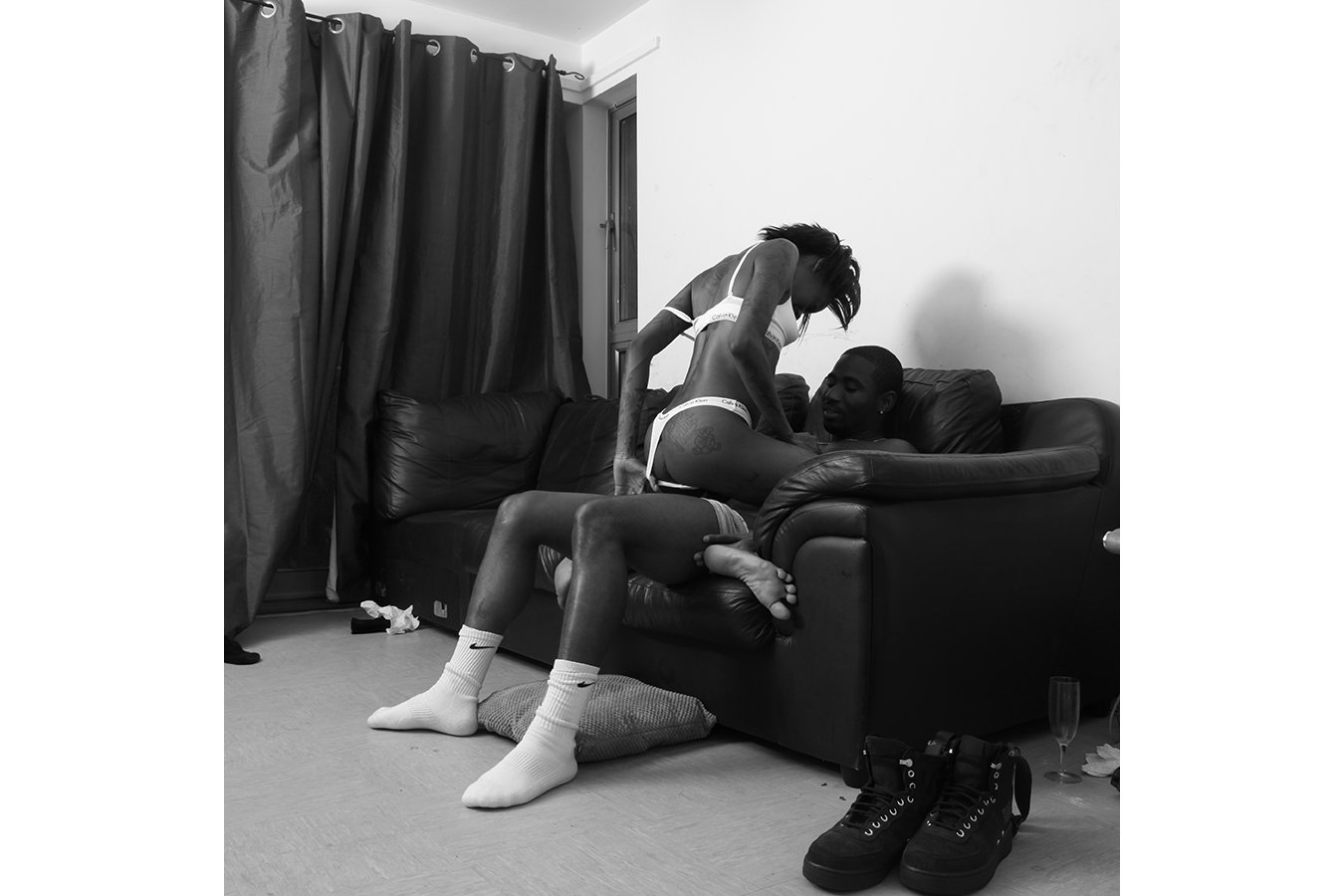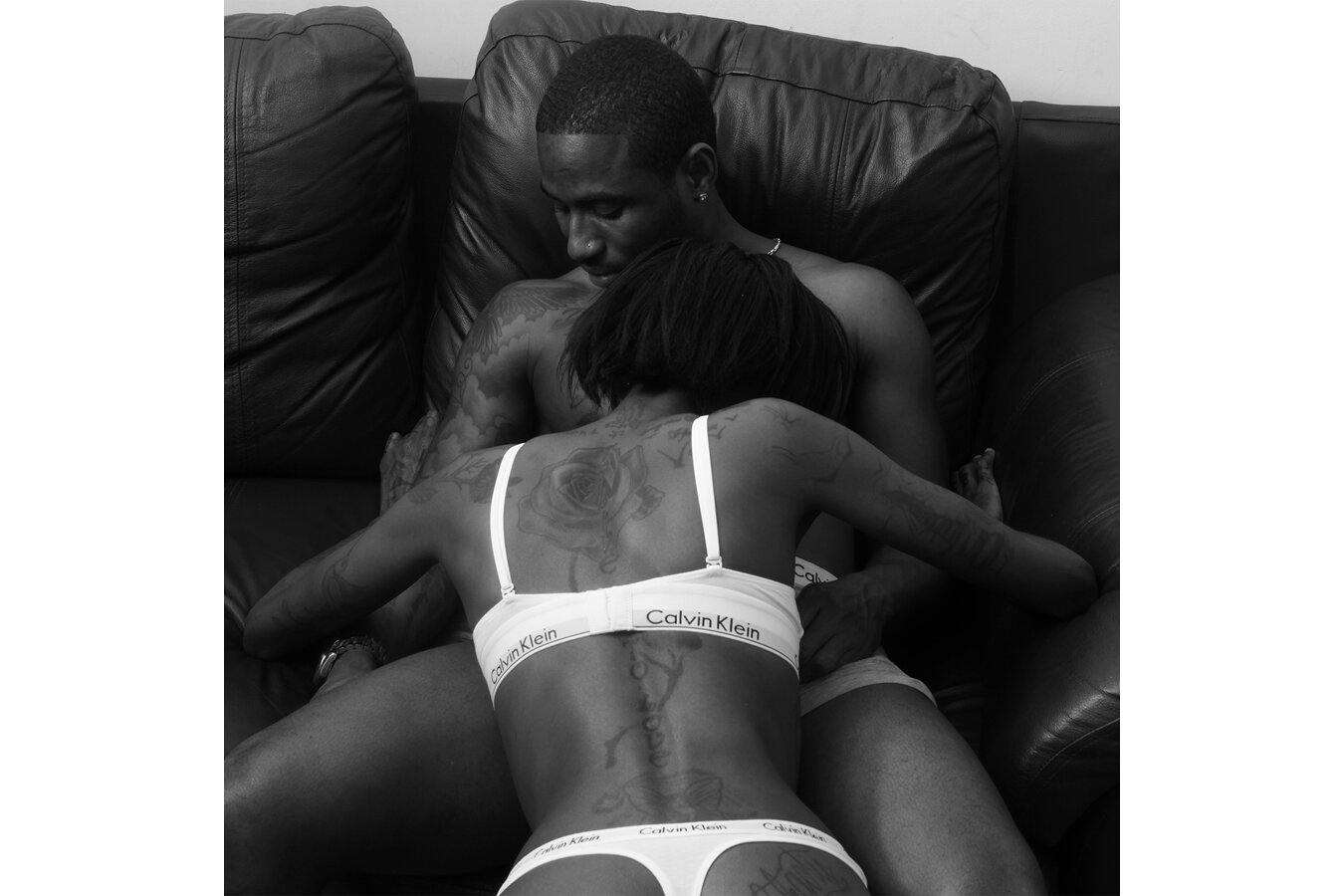DON’T PUSH ME CAUSE I’M CLOSE TO THE EDGE 2010 - 2024
These photographs, taken during my global travels, delve into our nuanced relationships with power, desire, faith, conflict, birth, and death. The series is a testament to how dominant systems and structures shape our daily experiences and inspire everyday acts of resistance.
The cornerstone of my artistic practice is to make the invisible visible, shedding light on the overlooked, marginalized, and oppressed, while challenging our propensity to turn a blind eye to uncomfortable realities and deny the consequences of our choices. This specific series delves into the intricate dynamics of the human condition—the narratives we spin, the forces that push us forward or hold us back, and the impact we have on each other and the world around us.
The collection also features collaborations with individuals who champion and live out alternative narratives and identities. Whether seen through role-playing, joining the army, participating in religious groups, protests, marches, or campaigns, my work explores how we create new tribes and mythologies, and the inherent contradictions, tensions, and tipping points that come with exerting control.
'Don't Push Me Cause I’m Close to the Edge' also illustrates how our perceptions evolve based on the care and treatment we receive on both personal and political strata. I believe this exhibition can challenge viewers to introspect their own perceptions while fostering a more empathetic understanding of diverse experiences.
In Soldier's Story series, my aim is to draw an analogy between the individual soldier in the army and each person's role and perceived value within society. Much like soldiers who appear faceless, uniformed, and stripped of their personal identity in service of a larger entity, individuals in society can feel similarly lost, submerged in the roles and responsibilities imposed by societal norms and expectations.This portrayal compels us to confront the harsh reality that in many societal structures—whether corporate, communal, or governmental—people are often treated as disposable resources, valued more for their productivity or compliance than their unique identities and potential. The individual, akin to the soldier, becomes just another cog in a larger machine, easily replaceable and frequently overlooked unless serving a direct purpose to the larger goal. My analogy suggests that just as soldiers are expected to perform and sacrifice without question, individuals in society are often pressured into conforming to expectations that may overlook their personal well-being. My series challenges viewers to reflect on the dehumanization that can occur when collective importance overshadows individual human experiences.
In Scared To Look Scared to Death, I delve into the pervasive impact of gun culture in society through the visceral lens of hip hop lyrics. This piece represents both a personal exploration and a broader cultural commentary, reflecting on the motivations that drive individuals towards the possession and use of firearms. By incorporating lyrics directly from hip hop songs, I capture the complex emotions and narratives surrounding gun violence, framing them within the realities of personal, familial, and societal consequences
In my series Through The Wire and Grief, I explore the themes of mortality and the ephemeral nature of life through stark, impactful imagery.
In Through The Wire the car toys are arranged to mimic real-life car crashes under the cover of night. This choice transforms everyday objects into a powerful narrative on the sudden, often unexpected cessation of life. By juxtaposing the innocence and playfulness of toys with the devastating realities of fatal accidents, I aim to provoke a deeper reflection on life's fragile nature and the abruptness with which it can end.
In Grief, I turn my lens towards the intimate and solemn moments of funerals. This series captures the raw, unembellished emotions of mourning and the communal aspect of dealing with loss. Each image carefully preserves the dignity and solemnity of these moments, inviting viewers to reflect on the universal process of grieving and the profound impact of death on the living.
Growing up with a devoted Christian mother, my work is deeply rooted in my fascination with religiosity within black communities and my acute awareness of Christianity's complex and often painful history in relation to enslavement and colonization. This personal and cultural backdrop adds profound depth to my series Christ Was Once Offered to Bear the Sins of Many and R.R.E.A.M.
In Christ Was Once Offered to Bear the Sins of Many, I document a devoted individual I encountered over three years, who stood outside his church holding a sign with that solemn declaration. This series captures his enduring faith and reflects on the persistence of religious conviction in public spaces, encouraging reflection on how spirituality shapes personal identity and community life. Meanwhile, R.R.E.A.M. (Religion Rules Everything Around Me) focuses on the Christian cross in various contexts, revealing how this powerful symbol is interwoven into daily life and architecture, influencing both cultural and personal landscapes. These explorations invite viewers to consider how visible signs of faith intersect with the unseen forces that drive and shape our human experiences.
Inner City Blues captures the raw essence and unfiltered reality of urban life. Through photographs taken at various points, I aim to highlight the emotional and social struggles faced by those living in the inner cities, whose stories are often ignored or overlooked. The title itself is a nod to Marvin Gaye and the soulful melancholy of blues music, which has historically voiced the sorrows and resilience of marginalized communities.
In this work, I delve into the layers of urban existence, revealing how socio-economic factors shape everyday lives. The camera becomes a tool for visibility and advocacy, illuminating the challenges and inequities entrenched within these environments. Shots of surveillance cameras serve as a stark reminder of the pervasive watchfulness that marks these neighborhoods, intertwining with themes of police brutality to underline the tensions and conflicts faced by the community.







